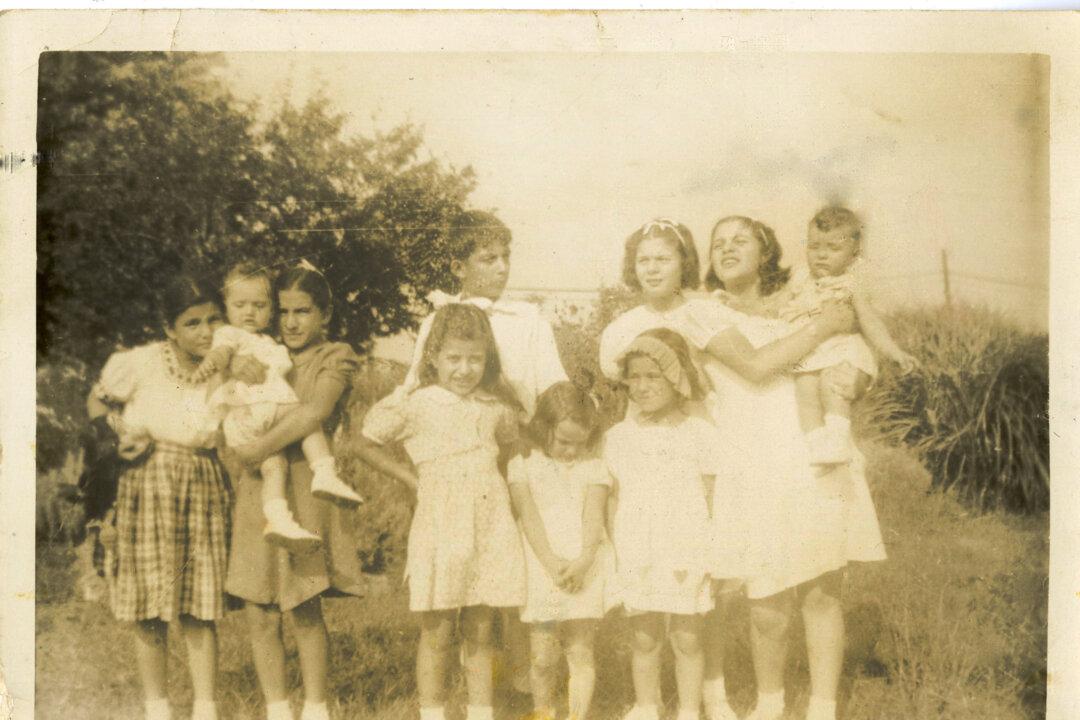Submitted by Eleanor Rodio Furlong, Naples, Florida
I’m a Jersey girl. I’m a farm girl. I’m an Italian American girl. I grew up on a family farm in a small town in rural southern New Jersey.

I’m a Jersey girl. I’m a farm girl. I’m an Italian American girl. I grew up on a family farm in a small town in rural southern New Jersey.